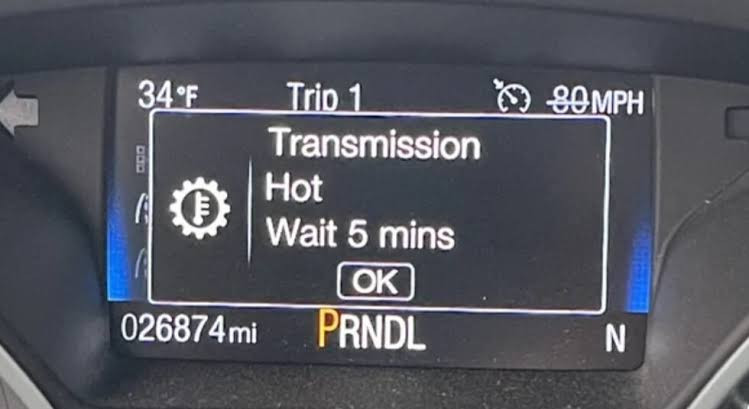Few things are more frustrating than a transmission that suddenly stops working when it gets hot. Imagine cruising down the road, and then out of nowhere, your car loses power. You’re left wondering what just happened. Overheating isn’t just an engine issue—it’s one of the leading causes of transmission failure, too.
Here’s a startling fact: most automatic transmissions are designed to operate at around 175°F. For every 20°F rise above that, the life of your transmission fluid is cut in half. That means even a slight increase in temperature can spell trouble for your system.
But why does it stop working altogether? And more importantly, how can you prevent it? Let’s look into the reasons, the warning signs, and what steps you can take to protect your transmission from heat damage.
Why Does Heat Affect Your Transmission?
Heat is a transmission’s worst enemy. Excessive heat breaks down transmission fluid, which lubricates and cools the system. Without proper lubrication, friction between components increases, causing wear and tear. Over time, this leads to loss of hydraulic pressure and a complete inability to shift gears.
Key factors contributing to overheating:
- Low Transmission Fluid – Insufficient fluid reduces the cooling capacity.
- Old or Burnt Fluid – Degraded fluid loses its protective properties.
- Heavy Load or Towing – Puts extra stress on the system, generating more heat.
- Clogged Transmission Cooler – Blocks proper heat dissipation.
- Faulty Solenoids – Cause improper fluid flow, increasing friction and heat.
Signs Your Transmission is Overheating
Watch out for these warning signs:
- Delayed or Slipping Gears – The transmission struggles to engage.
- Burning Smell – Indicates fluid degradation.
- Temperature Warning Light – A clear indicator of excessive heat.
- Erratic Shifting – Jerking or unusual gear changes.
If you experience any of these symptoms, stop driving immediately. Prolonging use can lead to catastrophic damage.
What to Do When Your Transmission Stops Working Hot
- Pull Over and Let It Cool – Continuing to drive will only make it worse.
- Check the Fluid – Ensure it’s at the correct level and doesn’t smell burnt.
- Inspect for Leaks – Low fluid often results from leaks.
- Visit a Specialist – A professional can assess internal damage and repair it before it worsens.
How to Prevent Overheating Issues
Prevention is always better than repair. Keep these tips in mind:
- Change Fluid Regularly – Replace fluid every 30,000–60,000 miles or as recommended.
- Install an Auxiliary Cooler – Helps reduce temperatures during heavy use.
- Avoid Overloading – Stick to your vehicle’s towing capacity.
- Check Your Cooling System – Ensure the radiator and transmission cooler are working properly.
Conclusion
A transmission that stops working when hot isn’t just inconvenient—it’s a sign of serious trouble. By understanding the causes and taking preventative measures, you can avoid costly repairs and ensure your vehicle runs smoothly. Keep an eye on fluid levels, avoid overloading, and address warning signs promptly. Heat might be a transmission killer, but with proper care, you can keep it in check!

Comments (0)
Please login to join the discussion
Be the first to comment on this article!
Share your thoughts and start the discussion